Have you ever visited a garden and thought, “Wow, I wish I could have a garden like this.”
Well, I’m here to tell you that you can!
Yes, a beautiful garden might look effortless and natural, but there is a lot of thought and work behind it.
A garden is a piece of art; you must spend time and effort to make something worth admiring.
But it’s not entirely impossible. And no, you don’t have to be a landscape architect to do this.
All you need to follow are simple design rules and principles here and there to create your masterpiece.
So, are you ready to create a garden that will leave people in awe?
Read on.
9 Design Rules and Principles When Planning a Garden
These nine design rules and principles will help you create the garden of your dreams.
1) Design With Nature
Going against nature is sometimes feasible, but it comes with a price. It’s essential to remember that nature has been doing this for much longer than we have.
If you want your garden to thrive, learn from nature instead of trying to go against it.
So when you plan your garden, consider the natural characteristics of your location, such as:
Climate and Seasons
The weather in your location can significantly affect your garden’s success. The type of plants that thrive in your climate will differ from those that do well elsewhere.
In areas like the US and the UK, you experience four seasons: summer, fall, winter, and spring. While those in tropical countries only experience two: the wet season and the dry season.
The amount of sunlight and rain your garden receives can vary depending on location.
Consider which part of your garden gets the most sunlight and which gets a lot of shade. The amount of sun and shade will help you determine where to plant your plants and where to place your outdoor furniture.
Type of Soil
Apart from being an essential part of plant growth, the soil’s capacity to drain and retain water is also a consideration.
You can determine the soil type in your garden by performing a soil test. There are a lot of DIY soil test tutorials on YouTube to help you do this.
Slope of the Ground
Slope means that there is a difference in height between two points on the land. The slope is a significant factor in drainage.
If you have a level ground in your garden, congratulations; you have one less problem to deal with.
When it rains, the water in higher areas will drain towards the lowest point. If there is a significant amount of water, all the water will accumulate in lower areas and stay there for hours or even days.
The characteristics of your land will help you plan your drainage. You can observe the slope of your land by walking around it or following the water flow when it rains.
2)The House is the Most Important Element of the Garden
I know you’re here to focus on your garden, but your home is also a vital part of the garden.
A farmhouse style home wouldn’t go well with a modern-style garden and vice versa.
You could do that if you want to. It’s your property anyway, but you should know it would look odd. Your garden should complement your house.
3) Follow the Rule of Significant Enclosure
The rule of significant enclosure is fundamental in garden design. Simply put, this rule says you should enclose each garden area with something substantial, like a wall, fence, or hedge.
This vertical enclosure should at least be one-third the length of the horizontal area enclosed.
Following this rule will help define the space and make it look more deliberate than if you just left your garden open.
4) Follow the Regulating Line
The regulating line is an imaginary line that divides the space so that it appears to be organized and balanced. You can create a path or other feature that runs across your garden and divides it into different areas.
Say, for example, garden beds or trees; imagine an imaginary line and place your beds and trees along it to create a sense of order.
The regulating line is not necessarily straight; it can be curved or angled.
5) Choose a Focal Point
When you visit a garden or any space, do you notice that an element or object catches your eye immediately?
It’s because this element is the focal point of the area.
The focal point is anything that naturally draws your eyes. It can be any object, like a sculpture or fountain, or an architectural feature, like a pool or shed.
Furniture can be the focal point, too. Choose outdoor furniture that will stand out and become the centre of attention.
A focal point is a great way to add visual interest and excitement to your garden. Too many focal points can be distracting, so having just one or two in your garden is enough.
6) Mass, Void, and Structure
Mass is the element that takes up space. In the case of your garden, these are plants, trees, and boulders.
Structures are the elements that hold up things. These could be walls, arches, posts, fountains, or pergolas. A void is an empty area, such as a pathway or lawn.
Try to get a balance of these elements to create a harmonious space.
Too much mass or structure can feel overwhelming, while too many void spaces can make your garden look dull and empty.
7) Proportion and Unity
Proportion is the size of elements relative to each other. At the same time, unity refers to how all the different parts of your garden work together as one cohesive unit.
For example, tall trees in your front yard will block your house or garden’s view. Try to get a sense of proportionality by choosing plants relative to the size of other elements.
To make your garden look unified, plant from big to small. I suggest prioritizing the more prominent elements, like trees. Then, plant shrubs, flowers, and ground cover last.
8) Patterns and Repetitions
When you run out of ideas, repetition is an excellent way to fill in the gaps.
For example, if you have a garden with only one tree, add another or more. The repetition will create a sense of continuity and uniformity in your yard.
Try to use similar types of flowers or plants, too. Repetitions will create a pattern and make your garden look more visually attractive.
9) Texture
Vegetation is not the only component of a garden.
To make it more interesting, you can add elements with different textures, such as rocks, water, and hardscape materials like brick or stone pavers.
The different textures can add variety and contrast to your garden. Try to add your favourite knick-knacks, too, like lights or garden sculptures.
Frequently Asked Questions (FAQs)
What is a Garden Design?
Garden design is the act of planning, designing, and building a garden. It involves design aspects like the overall layout, choice of plants, and even furniture for outdoor spaces.
How can I design a garden?
First, you have to go to your yard and measure the area. Then, consider the natural characteristics of your location, such as the climate and slope of the ground. The next step is creating a plan based on your wants and the site’s constraints.
What Are the Dos and Don’ts in the Garden?
There are many garden dos and don’ts to keep in mind. My general advice is to follow nature. Study the climate, type of soil, slope of the ground, and the local plants. Your garden should fit with the natural environment as much as possible.
Conclusion
The first rule in designing a garden is there are no fixed rules. There are no standards that you have to 100% follow.
While these design rules are a good starting point, you should use them as a reference rather than an absolute rule.
No garden is the same as another. Different locations require different solutions.
So, if something looks good and it works, then it works!
Trusting your instincts is most important; you know your garden more than anyone else.
Let me know if I missed your favourite garden design rules and principles or if you have any tips or tricks to add. I’d love to hear from you!

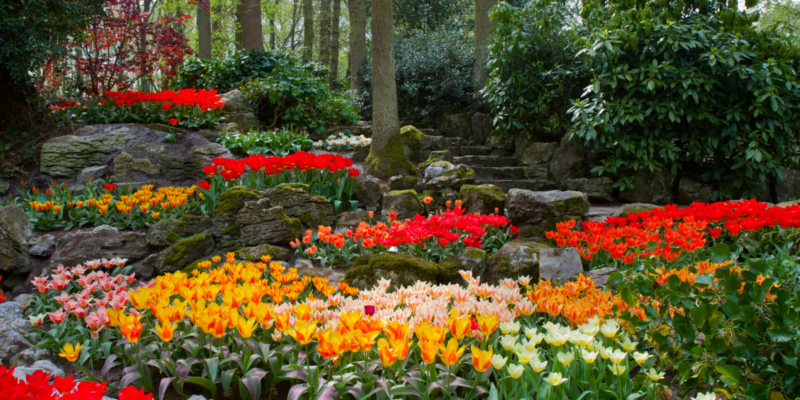


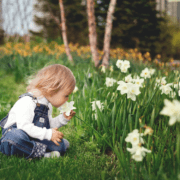


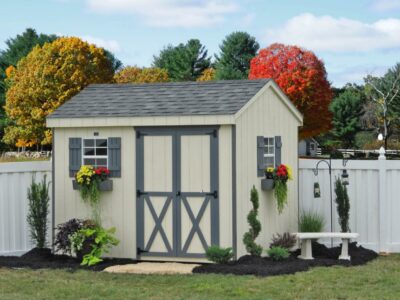
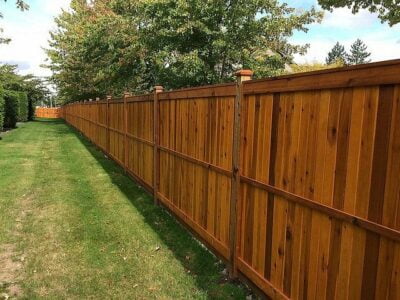
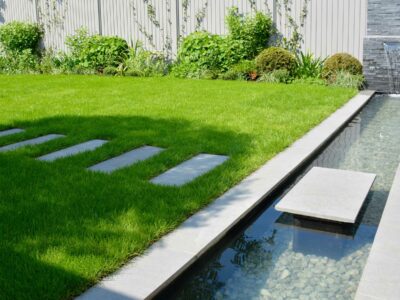
Comments